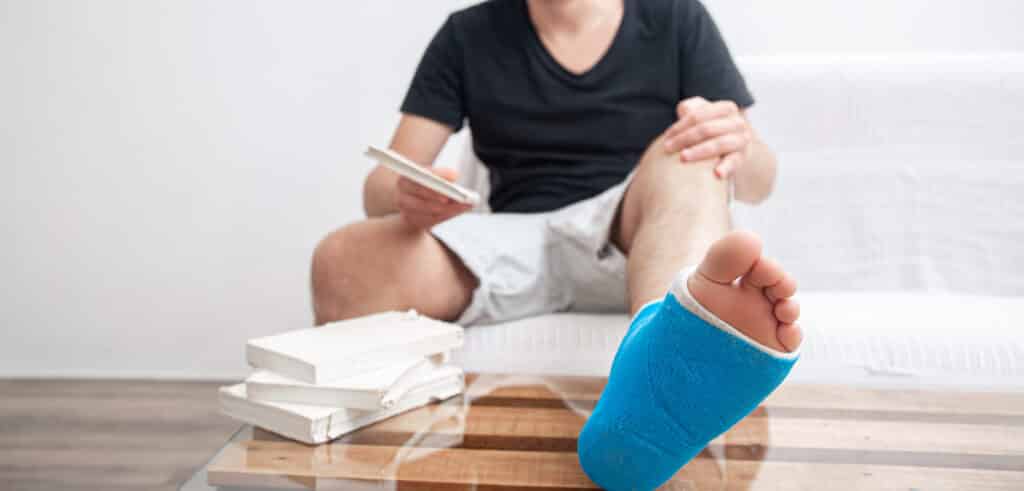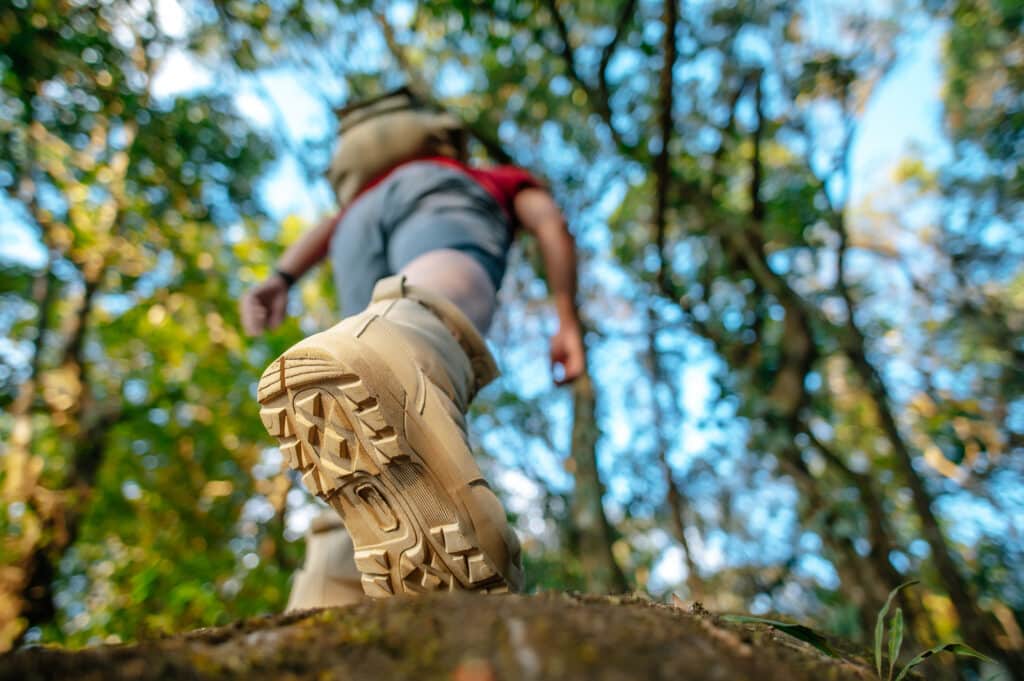
Do you want to know how to prevent and treat blisters on the trail? Today we will be discussing some measures hikers can take to be prepared for blisters on the trail. Always be sure to go out on a hike prepared, as even one blister can ruin a day of fun. In this brief blog, we will discuss some items to bring on your hike which may save the day and some basic instructions on how to prevent bad blisters and how to deal with existing ones. Please note, these are suggestions that may help you in a worst-case scenario, always be sure to consult a medical doctor if you have any specific questions/ concerns.
7 Essential Tips on How to Prevent and Treat Blisters

Tip # 1
Pack a small first aid kit to be prepared. You never know what’s going to happen out there, so start now. They are cheap when you look at the potential benefits of having one.
Tip # 2
In this kit you should additionally include moleskin, antibiotic ointment, and duct tape…. Yes, that’s right, duct tape. You can use this multi-use tape to reduce friction and take pressure off the blister.
Tip # 3
If you are starting to feel a hot spot where a blister may be forming, stop and take a look. It is always easier to take preventive measures. If you feel something may be wrong, always take the time to examine the problem.
Tip # 4
Take the preventative measure of applying antibiotic ointment to the area. Cut a donut hole in the moleskin and then cover the area in duct tape. If you think that a blister is forming in the area, bring out your first aid kit and put those additional items to use! Just covering the blister with a band-aid is not enough. Use the moleskin and duct tape to take pressure off the affected area and reduce friction.
Tip # 4
Regularly check on the area and maintain the protective dressings. Once again, it is important to stop and examine any potential problems. If you feel your dressing coming loose, stop and reapply them.
Tip # 6
Don’t push yourself, if these steps don’t help, consider returning home and hiking another day.
If you plan a hike at the Frontenac Arch Biosphere, you can prevent a blister from forming. *Always seek medical attention if your condition continues to worsen*
Want to know more information on this topic? Find more here!





